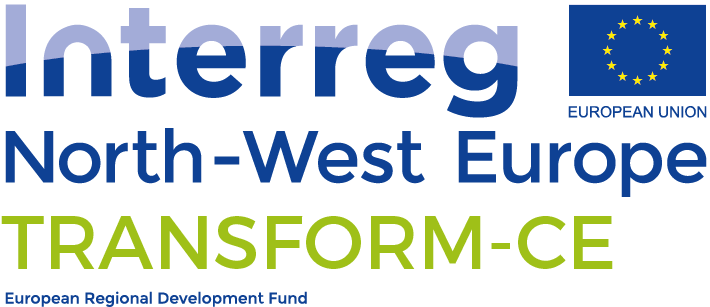Manchester Metropolitan University’s PrintCity shares best practice tips for reducing print waste and recycling 3D prints.
PrintCity is Manchester Metropolitan University’s additive manufacturing and digital design centre. Based in Manchester, UK, the centre is home to manufacturing experts, designers, engineers, and students, all providing their expertise and knowledge to help individuals, businesses, and organisations to realise their additive manufacturing and digital design ideas.
Additive manufacturing has long been touted as a more sustainable option compared to subtractive manufacturing alternatives, as the technology carefully assembles materials into the required shape layer by layer, avoiding the creation of off cuts and waste. Technologies, such as fused filament fabrication (FFF) 3D printing, can also facilitate the quick and efficient creation of prototypes prior to production, helping to refine designs and ensure the success of those that are put into mass production.
The unique process of 3D printing can also facilitate the creation of geometries and structures that are not possible through other manufacturing techniques. The volume of material needed to produce a part may therefore be reduced by employing generative design or replacing solid infills with lattice structures. This can also help to lightweight parts, whilst ensuring that required performance parameters are still met.
However, FFF 3D printing is not always an inherently waste-free process and there are several possible ways in which excessive waste may be generated. These include process waste at the start and end of printing, failed prints, discarded prototypes and support structures. Here, PrintCity provide their top tips for reducing and recycling FFF 3D printing materials.
The first tip is to use digital design to get to as close to the finished product as possible. Digital design software, such as Autodesk 360, have come a long way in recent years. As such, digital designs can be visualised effectively with various renders to understand what the finished object will look like before printing. These images can be used to gather important feedback from clients and the wider public as part of market research activities. Additional plug-ins can also help to understand how prints will build on a printer, check for errors in the digital file that could cause prints to fail, and to optimise the orientation of parts for successful printing. The selection and design of the support structures that are removed after printing can also help to reduce the amount of waste plastic generated during printing.
The next step is to adequately prepare the FFF 3D printing equipment and materials. Different filaments require different temperature and speed settings in order for the layers to successfully adhere to each other and achieve the required resolution. The way in which prints adhere to the base of the 3D printer is also important to prevent it from moving around as the arm deposits material. Material and printer selection is another important factor that can determine whether a print is successful or not. Be sure to read the manufacturers guidelines for the best results from each filament. Many online forums and websites also provide useful resources and helpful tips and suggestions to guide the printing process.
When beginning printing, there will inevitably be waste generated, whether at the start or end of a print, unavoidable print fails, support materials and prints that are simply no longer needed, such as old prototypes. This is where effective sorting and collection practices are important. Knowing the type of filament used ensures that any discarded material can be placed in the correct sorting bin. It can also be handy to keep a note of the materials used for different prototypes and parts so that when they’re no longer needed you can dispose of them correctly. For basic printing and prototyping, many types of 3D printing filament can be re-shredded and re-extruded to create new filaments, which can then be printed again. The extent to which this is possible, is something that will be explored through TRANSFORM-CE. Some filament suppliers will also take back used material for recycling into new filament, otherwise some materials used in FFF 3D printing can be sorted into local recycling.
By following these simple steps, the material saving benefits of FFF 3D printing can be realised.
